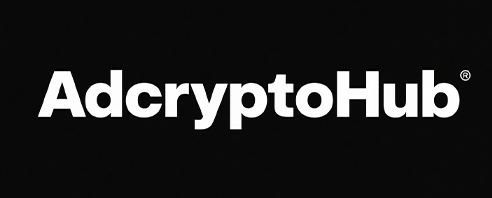
Blockchain Media Project Brand Enhancement Method: A Comprehensive Guide
In the rapidly evolving digital landscape, blockchain technology has emerged as a revolutionary force across various industries, including media. As media projects leverage blockchain to enhance their operations and audience engagement, brand enhancement becomes a critical aspect of their success. This article delves into the "Blockchain media project brand enhancement method," providing insights into how to effectively boost brand value in this innovative sector.
Understanding the Blockchain Media Project Landscape
Blockchain media projects are characterized by decentralized platforms that offer transparency, security, and authenticity. These projects often focus on areas such as content distribution, digital rights management, and token-based monetization. To stand out in this competitive environment, brands must adopt strategic methods to enhance their presence and credibility.
1. Building Trust Through Transparency
One of the most significant advantages of blockchain technology is its inherent transparency. Brands can leverage this feature to build trust with their audience by ensuring that all transactions and content distribution are transparently recorded on the blockchain.
Case Study: Steemit
Steemit is a popular blockchain-based social media platform that rewards users for creating and curating content. By using blockchain to record user contributions and rewards, Steemit has established a transparent system that has gained the trust of its community.
2. Tokenization for Enhanced Engagement
Tokenization is another powerful tool for brand enhancement in blockchain media projects. By creating tokens that represent value within the ecosystem, brands can incentivize user engagement and foster a loyal community.
Methodology: Token-Based Incentives
To implement token-based incentives, brands should consider the following steps:
- Define the purpose of the token within the ecosystem.
- Develop a fair distribution model.
- Ensure compliance with regulatory requirements.
- Implement mechanisms for token redemption or exchange.
3. Collaborative Content Creation
Blockchain technology enables collaborative content creation by allowing multiple parties to contribute to a project without compromising control or ownership. This approach can enhance brand value by fostering innovation and diversifying content offerings.
Scenario: Cross-Platform Collaborations
Imagine a scenario where a blockchain-based news platform collaborates with independent journalists to produce exclusive content. By leveraging the strengths of each partner, the platform can offer unique perspectives and increase its credibility among readers.
4. Leveraging Social Media Integration
To amplify brand reach and engagement, it's crucial to integrate social media channels with your blockchain media project. This integration allows for cross-promotion and taps into existing communities to drive traffic and awareness.
Strategy: Social Media Outreach
To effectively use social media integration:
- Identify relevant platforms where your target audience is most active.
- Develop engaging content tailored to each platform's unique audience.
- Regularly engage with your followers through comments, shares, and direct messages.
Conclusion: The Future of Blockchain Media Brand Enhancement
As blockchain technology continues to disrupt traditional media models, adopting effective brand enhancement methods becomes more critical than ever. By focusing on transparency, tokenization, collaborative content creation, and social media integration, blockchain media projects can establish themselves as leaders in an increasingly competitive landscape.
The future of blockchain in media holds immense potential for brands that embrace these strategies. As we move forward, it's essential to remain adaptable and innovative in our approach to brand enhancement within this dynamic sector.

 한국어
한국어
 简体中文
简体中文
 English
English
 繁體中文
繁體中文
 日本語
日本語
 Español
Español
 Français
Français
 Deutsch
Deutsch
 Italiano
Italiano
 Русский
Русский
 Português
Português
 العربية
العربية
 Türkçe
Türkçe
 ภาษาไทย
ภาษาไทย
 हिंदी
हिंदी
 Bahasa Indonesia
Bahasa Indonesia
 Tiếng Việt
Tiếng Việt







